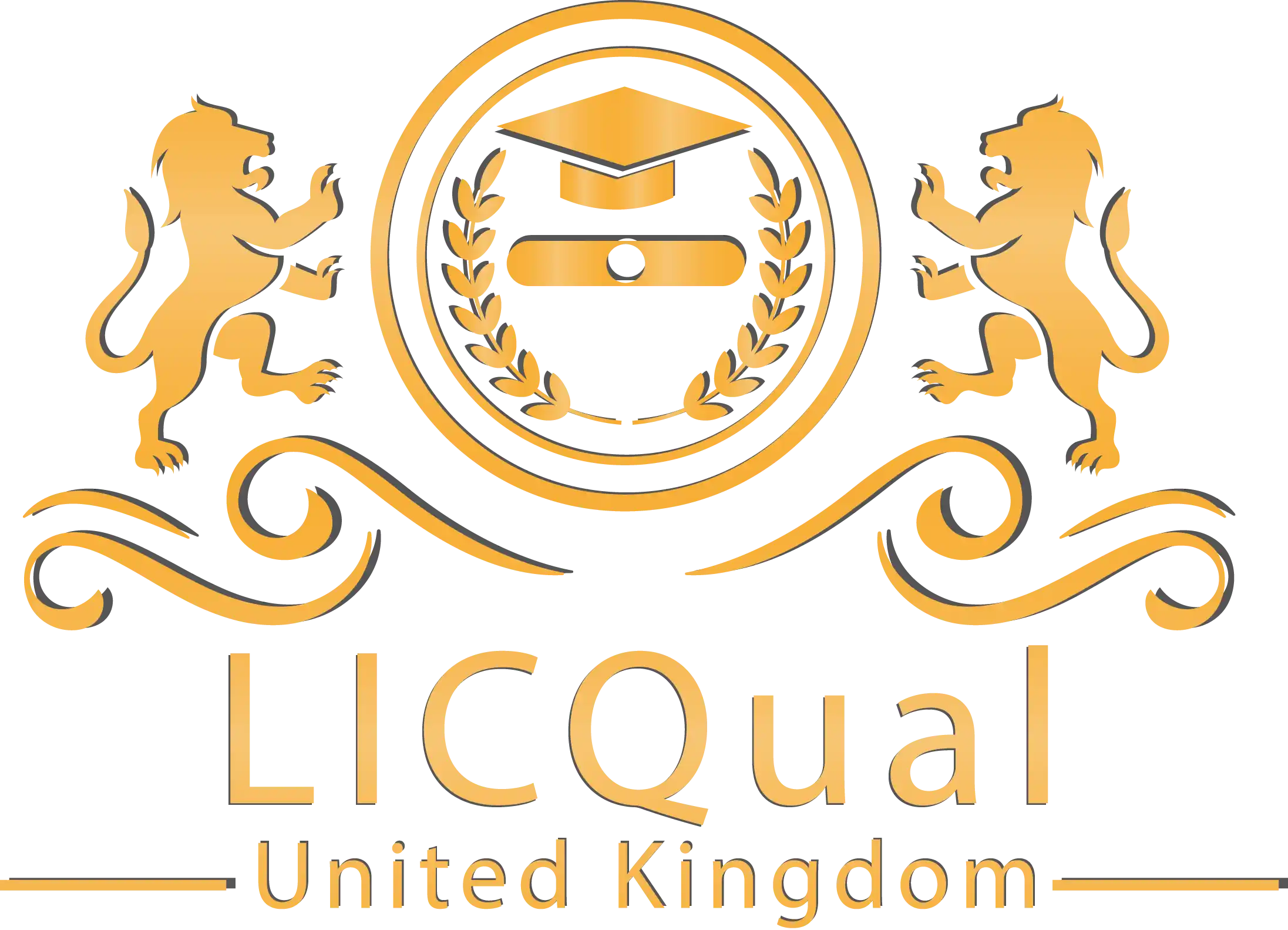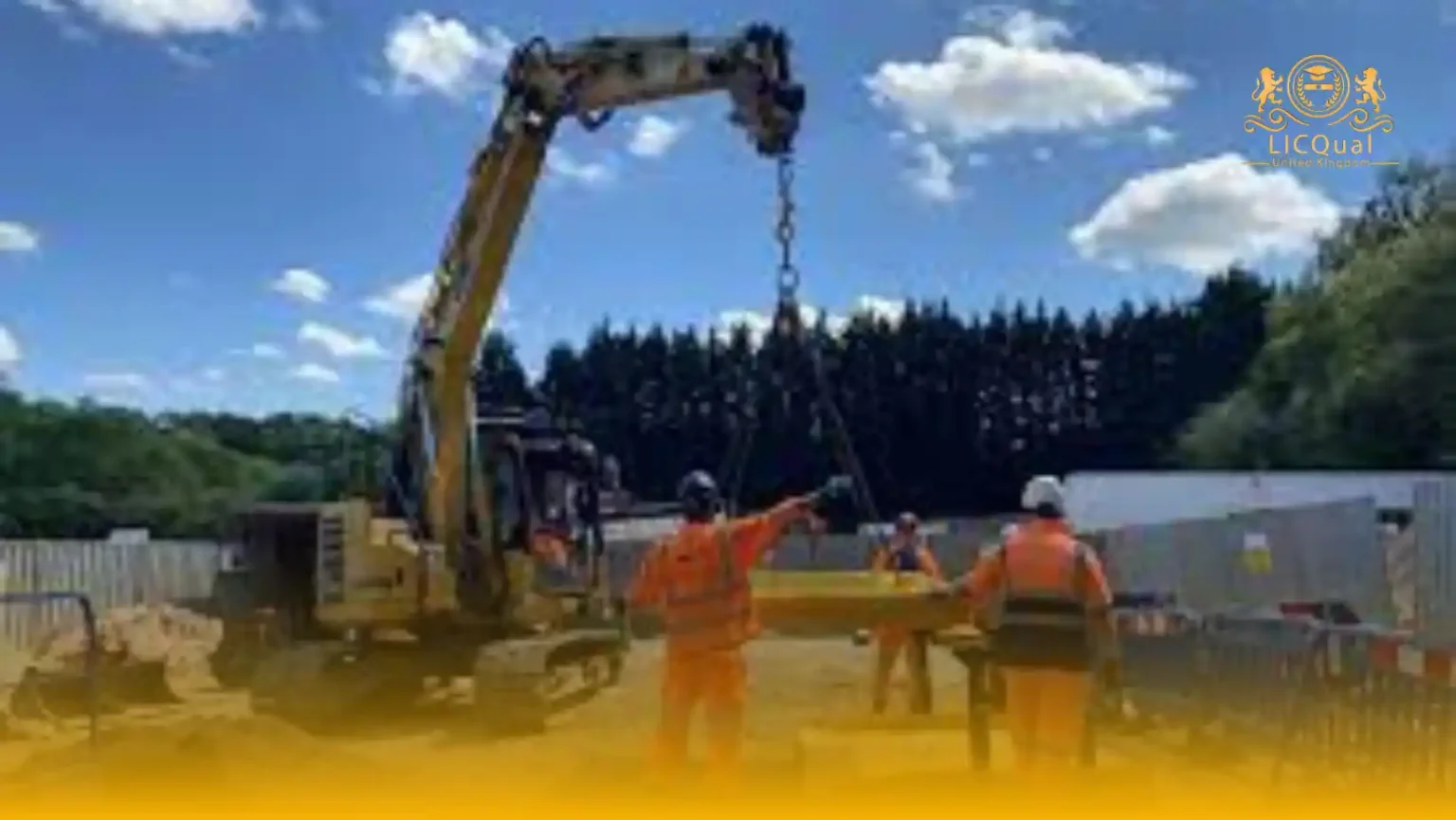The LICQual Level 1 Certificate in Slinger is a comprehensive entry-level qualification designed for individuals who are looking to embark on a career in the lifting industry. This course provides participants with the foundational knowledge and practical skills needed to assist in lifting operations, focusing on the role of the slinger and the vital importance of safety.
As one of the most critical roles in lifting operations, the slinger ensures that loads are correctly prepared and safely moved, making this qualification an essential stepping stone for anyone aiming to work in sectors like construction, logistics, offshore industries, or heavy engineering.
In this course, learners will develop a solid understanding of the basic principles of slinging, including how to select, inspect, and safely use slinging equipment such as ropes, shackles, hooks, and slings. Emphasis is placed on understanding the various lifting techniques, load assessment, and the need for effective communication between the slinger and the crane operator. The LICQual Level 1 Certificate in Slinger is designed to prepare students to contribute safely and effectively to a lifting team, ensuring that lifting operations are carried out with the highest standards of safety and compliance.
Safety is at the heart of the LICQual Level 1 Certificate in Slinger. Students will learn how to identify potential hazards, perform risk assessments, and understand the basic principles of load stability. The course covers crucial topics such as securing loads, inspecting lifting gear for defects, and using personal protective equipment (PPE) to ensure worker safety. By the end of the course, participants will have a clear understanding of the key safety practices required to carry out lifting operations in a safe and responsible manner, which is essential for minimizing accidents and ensuring a safe working environment.
In addition to safety and equipment handling, the course also introduces the learner to the practical aspects of slinging and signaling. Participants will gain hands-on experience with the correct use of lifting equipment and develop an understanding of the proper methods of slinging different types of loads. Whether dealing with light or heavy loads, students will be taught how to assess and prepare them for safe lifting. The emphasis on real-world application ensures that learners will be well-prepared to perform slinging tasks under supervision and in compliance with industry regulations.
The LICQual Level 1 Certificate in Slinger is ideal for individuals who are new to the lifting industry or who want to formalize their existing skills. This qualification is perfect for those looking to develop their practical knowledge of slinging techniques and safety procedures. Whether you are just starting your career in construction, manufacturing, or any other sector requiring lifting operations, this course will equip you with the essential skills and certifications to get started safely and confidently in your new role.
Upon completion of the LICQual Level 1 Certificate in Slinger, learners will be awarded a recognized certificate, demonstrating their competence in slinging for lifting operations. This qualification not only boosts career prospects but also provides a solid foundation for individuals who wish to progress to more advanced roles in lifting, rigging, or supervisory positions.
Graduates of this program will be prepared to work with confidence in any environment that requires lifting operations, contributing to safer and more efficient workplaces.
Course Overview
Qualification Title
LICQual Level 1 Certificate in Slinger
Total Units
6
Total Credits
12
GLH
36
Qualification #
LICQ2200183
Qualification Specification
To enroll in the LICQual Level 1 Certificate in Slinger, applicants must meet the following criteria:
|
Qualification# |
Unit Title |
Credits |
GLH |
|---|---|---|---|
|
LICQ2200183-1 |
Introduction to Slinging and Signalling |
2 |
6 |
|
LICQ2200183-2 |
Safe Lifting Practices |
2 |
6 |
|
LICQ2200183-3 |
Selection and Inspection of Lifting Equipment |
2 |
6 |
|
LICQ2200183-4 |
Lifting and Rigging Techniques |
2 |
6 |
|
LICQ2200183-5 |
Communication Skills for Lifting Operations |
2 |
6 |
|
LICQ2200183-6 |
Understanding Safety Regulations in Lifting |
2 |
6 |
By the end of this course, learners will be able to:
1. Introduction to Slinging and Signalling
- Understand the role and responsibilities of a slinger/signaller in lifting operations.
- Identify the different types of slinging and signalling equipment used in lifting tasks.
- Recognize the importance of clear communication and safety in slinging and signalling activities.
- Demonstrate the ability to apply basic slinging and signalling techniques in a controlled environment.
- Understand the impact of incorrect slinging and signalling on safety and operational efficiency.
2. Safe Lifting Practices
- Recognize and assess the key safety hazards associated with lifting operations.
- Demonstrate the correct use of personal protective equipment (PPE) when participating in lifting tasks.
- Understand the importance of conducting pre-lift checks and risk assessments.
- Apply safe lifting practices to ensure the safety of personnel and equipment during lifting operations.
- Understand how to deal with potential lifting hazards and ensure risk mitigation measures are in place.
3. Selection and Inspection of Lifting Equipmen
- Identify different types of lifting equipment, including slings, shackles, hooks, and chains.
- Demonstrate the correct procedures for inspecting lifting equipment before use.
- Understand the factors to consider when selecting lifting equipment based on load size, shape, and weight.
- Recognize signs of wear and damage in lifting equipment and take appropriate actions to ensure safety.
- Understand the maintenance and storage requirements for lifting equipment to ensure its longevity and effectiveness.
4. Lifting and Rigging Techniques
- Learn how to apply different rigging techniques based on load type, shape, and weight.
- Understand the importance of load stability and how to secure loads effectively during lifting operations.
- Demonstrate safe and effective rigging techniques for a variety of lifting tasks.
- Understand the relationship between lifting angles, rigging configurations, and load distribution.
- Identify common rigging mistakes and how to avoid them to ensure a smooth and safe lifting operation.
5. Communication Skills for Lifting Operations
- Understand the importance of clear and concise communication between the slinger, crane operator, and other team members.
- Demonstrate the ability to use hand signals and verbal communication methods correctly during lifting operations.
- Develop skills to relay instructions effectively and interpret signals accurately in various lifting scenarios.
- Recognize the role of effective communication in ensuring safety and preventing accidents during lifting tasks.
- Understand how to report problems or changes in a lifting plan promptly and clearly to all team members.
6. Understanding Safety Regulations in Lifting
- Understand the legal and regulatory requirements governing lifting operations, including national and international standards.
- Demonstrate knowledge of workplace safety regulations and how to apply them to lifting operations.
- Recognize the responsibilities of employers and employees in ensuring a safe working environment for lifting tasks.
- Understand the importance of maintaining documentation and records to demonstrate compliance with safety standards.
- Apply safety regulations in lifting operations to ensure risk management, compliance, and the overall safety of personnel and equipment.
This diploma is ideal for:
Assessment and Verification
All units within this qualification are subject to internal assessment by the approved centre and external verification by LICQual. The qualification follows a criterion-referenced assessment approach, ensuring that learners meet all specified learning outcomes.
To achieve a ‘Pass’ in any unit, learners must provide valid, sufficient, and authentic evidence demonstrating their attainment of all learning outcomes and compliance with the prescribed assessment criteria. The Assessor is responsible for evaluating the evidence and determining whether the learner has successfully met the required standards.
Assessors must maintain a clear and comprehensive audit trail, documenting the basis for their assessment decisions to ensure transparency, consistency, and compliance with quality assurance requirements.







